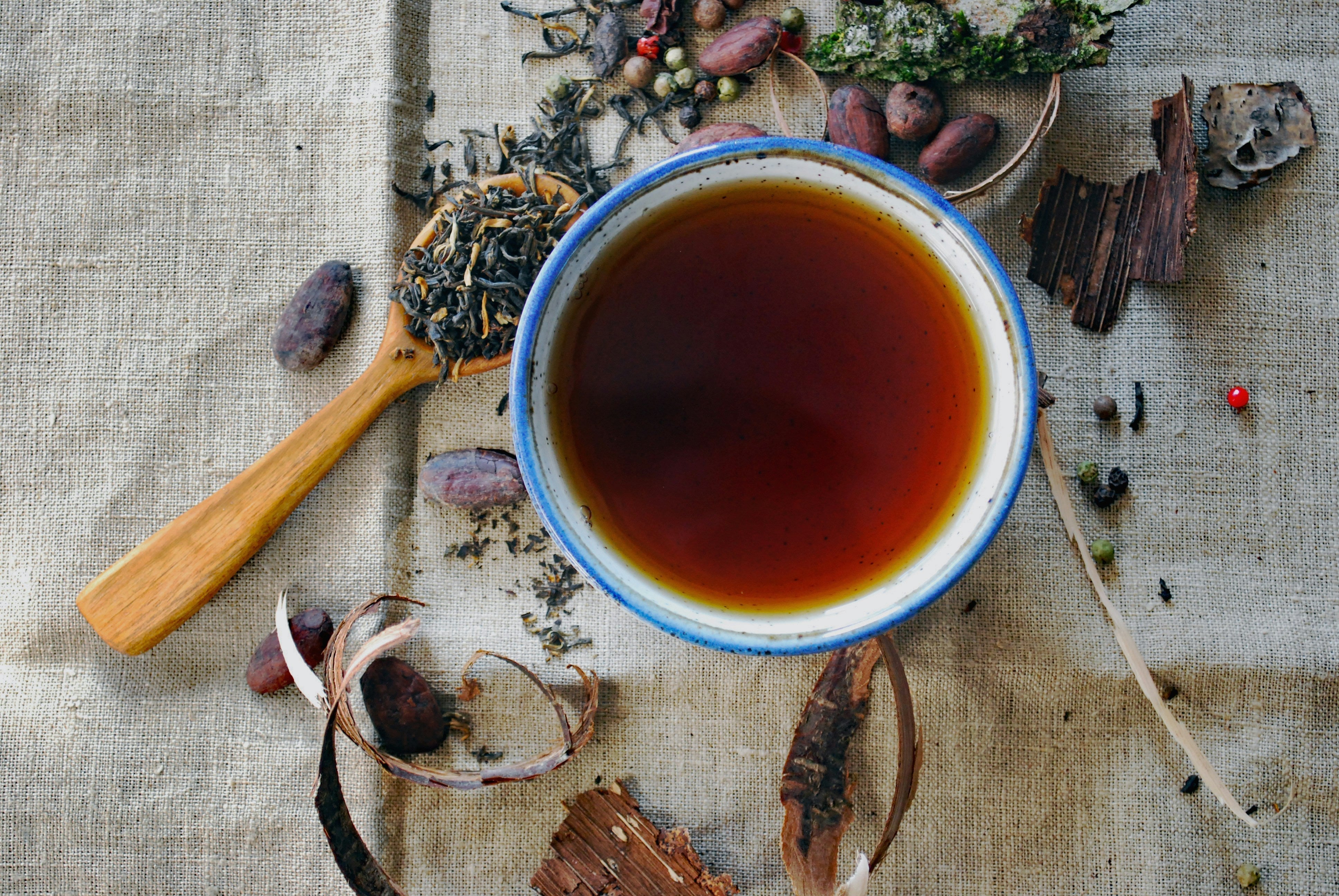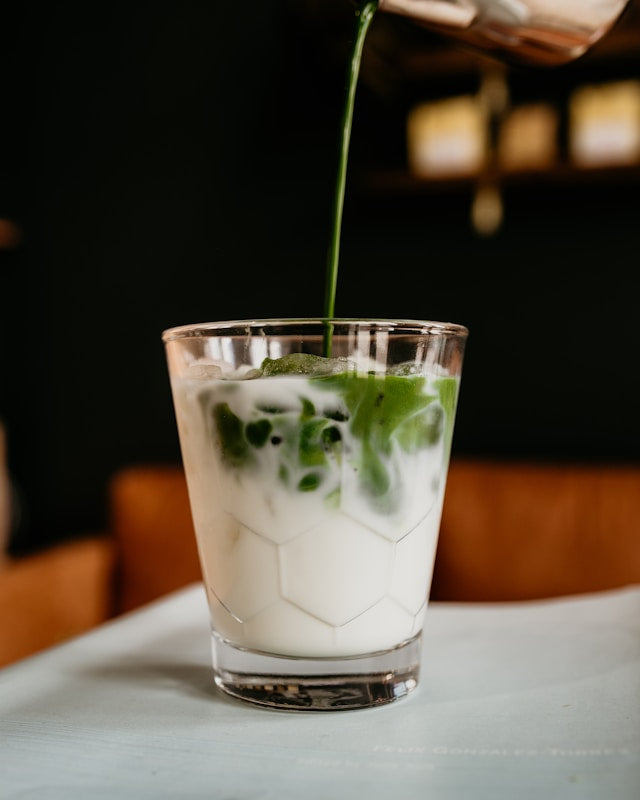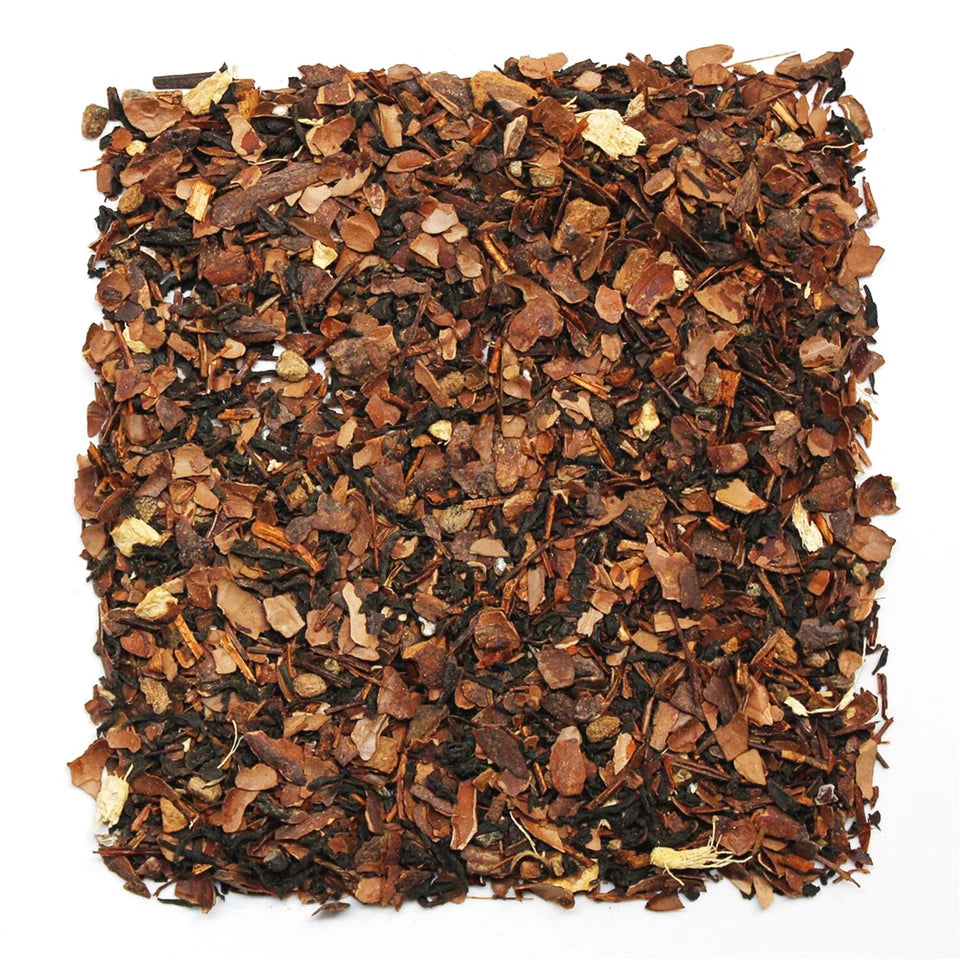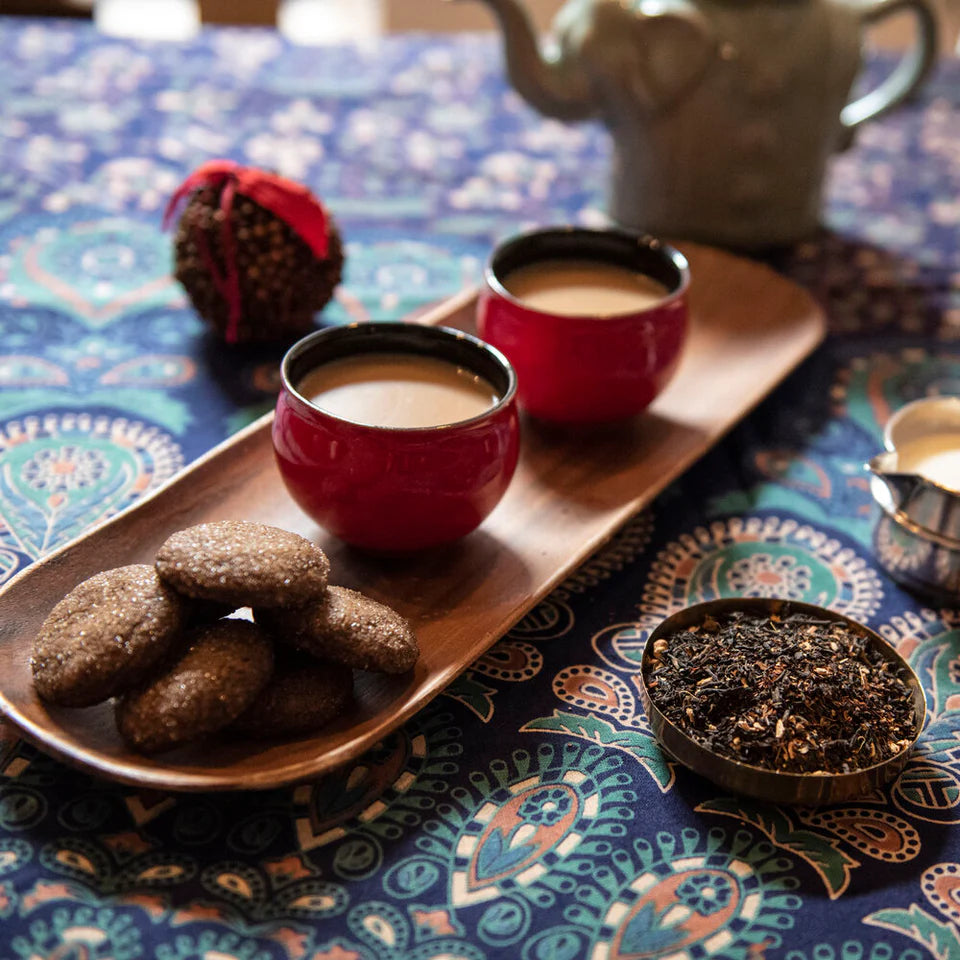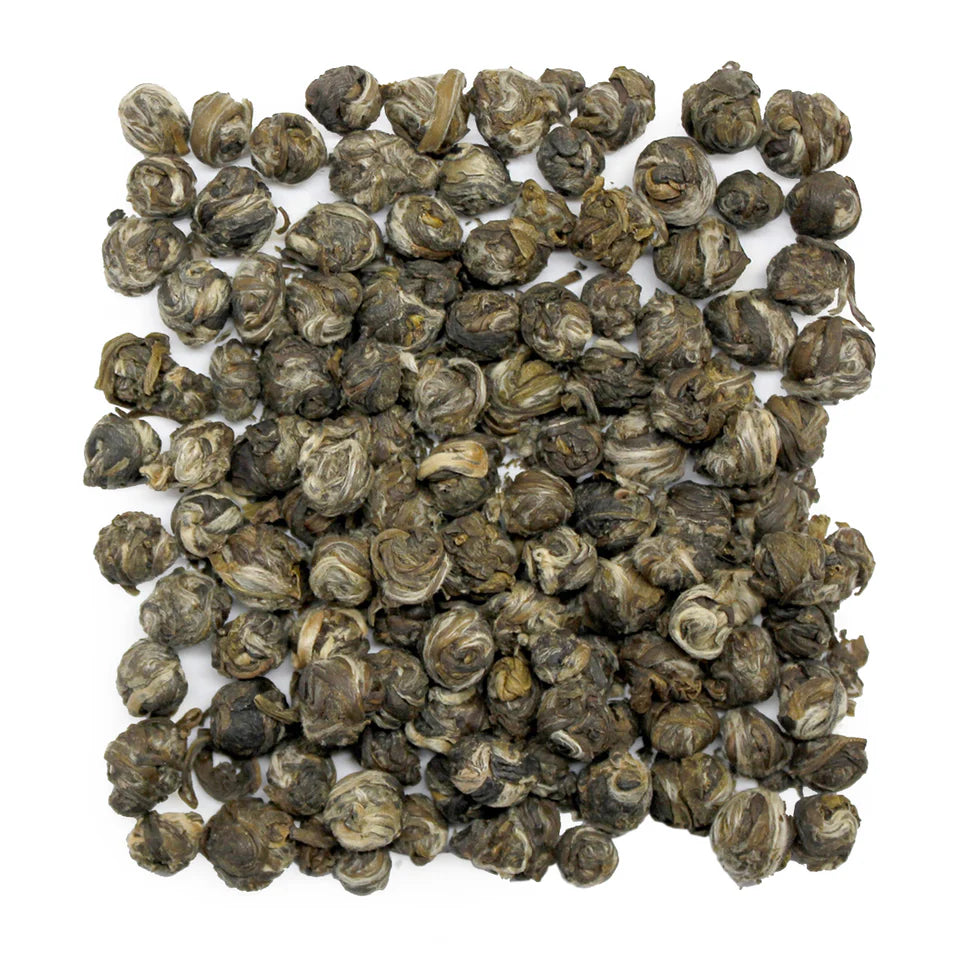Discovering the World of Single-Origin Teas
The Terroir of Tranquility.
In a small, sun-dappled tea garden perched on the misty slopes of Taiwan's Ali Mountain, 68-year-old Wu Ling carefully plucks tender leaves from bushes that his grandfather planted. His weathered hands move with practiced precision, selecting only the finest shoots—two leaves and a bud—for what will become some of the most sought-after oolong tea in the world.
"The mountain has its own voice," Wu says through a translator, pausing to let the morning fog swirl around us. "When you drink our tea, you taste this mountain, this soil, this air. Nothing else."
Wu is one of thousands of artisanal tea producers worldwide who specialize in single-origin teas—leaves grown in specific regions, often on small farms, that express the unique environmental characteristics of their place of origin. These teas have sparked a revolution among connoisseurs and casual drinkers alike, who are increasingly turning away from mass-produced, blended varieties in favor of these more distinctive, transparent offerings.
A Return to Roots
The concept of terroir—the environmental conditions, especially soil and climate, that influence the character and quality of crops—has long been celebrated in wine. Now, it's transforming how we think about tea.
"What we're seeing is a renaissance of appreciation for tea's agricultural origins," explains Dr. Selena Ahmed, ethnobotanist and co-author of "Tea Horse Road: China's Ancient Trade Road to Tibet." Ahmed has spent over a decade researching the relationship between growing conditions and tea quality. "When consumers understand that tea is an agricultural product with seasonal variations and regional distinctions, they develop a deeper connection to what they're drinking."
Historical records show that tea connoisseurs in China have been distinguishing regional characteristics in their teas since at least the Tang Dynasty (618-907 CE). The famous "Tribute Teas," sent as offerings to the imperial court, were prized specifically for their distinctive origins.
This tradition was nearly lost during the 20th century, as industrialization and market forces pushed producers toward consistency and higher yields over distinctive character. The resurgence of interest in single-origin teas represents a return to an ancient way of appreciating tea—but with modern scientific understanding to enhance the experience.
The Science of Distinction
The unique characteristics of single-origin teas aren't merely marketing constructs—they're rooted in measurable chemical differences that affect flavor, aroma, and even health benefits.
Research from the Tea Research Institute of the Chinese Academy of Agricultural Sciences has identified over 700 chemical compounds in tea, with concentrations that vary significantly based on growing conditions. Altitude, rainfall patterns, soil mineral content, and daily temperature fluctuations all influence how tea plants develop these compounds.
"We've found that the same tea cultivar grown at different elevations can produce dramatically different metabolite profiles," says Dr. Ping Wang, lead researcher at the institute. "High-altitude gardens often produce leaves with higher concentrations of amino acids and aromatic compounds, creating sweeter, more complex flavor profiles."
These differences extend beyond flavor. A 2021 study published in the Journal of Agricultural and Food Chemistry demonstrated that antioxidant concentrations in tea leaves vary by up to 50% depending on growing region, with higher elevations generally correlating with higher concentrations of beneficial catechins and polyphenols.
Shop Noteworthy Tea Selections
The Tasting Journey
For Jee Chung, founder of New York's Monomachi Tea House, introducing customers to single-origin teas is about expanding their sensory vocabulary.
"Most people come in with very limited language to describe tea—it's either strong or weak, bitter or smooth," Chung explains as she prepares a flight of three Japanese green teas, each from a different prefecture. "After tasting true single-origin teas, they start noticing the vegetal sweetness of Kagoshima sencha versus the marine minerality of teas from Shizuoka."
The differences can be striking. A Darjeeling first flush from the Himalayan foothills might offer notes of muscatel grape and fresh hay, while a tea from just 20 miles away could present a completely different profile of stone fruit and wildflower honey.
Even within the same garden, seasonal harvests—known as "flushes"—produce dramatically different results. Spring pickings often yield more delicate, floral notes, while autumn harvests tend toward deeper, more robust flavors.
The Human Element
While environmental factors form the foundation of tea's character, human decisions remain crucial. Picking methods, processing techniques, and roasting approaches all influence the final product.
In Wuyishan, China, rock tea (yancha) producer Huang Shiying follows processing methods developed by her family over five generations.
"Every family in these mountains has their own way," she says, monitoring a batch of leaves undergoing oxidation in her hillside workshop. "Some roll the leaves more, some less. Some roast hotter, some longer. These choices are as important as where the tea grows."
This human element adds another layer of complexity to single-origin teas, with regional processing styles often evolving specifically to highlight or complement the natural characteristics of local leaves.
From Colonial Commodity to Ethical Luxury
The resurgence of single-origin teas also marks a shift in the economics and ethics of tea production. Historically, tea was a colonial commodity, with European powers establishing vast plantations throughout Asia and Africa. These operations focused on quantity over quality, with little regard for environmental sustainability or fair compensation for workers.
Today's single-origin tea movement often operates on a different model.
"Direct trade relationships between smaller producers and specialty tea sellers have created new economic opportunities," explains Hannah Reisinger, an economist who studies agricultural value chains. "When consumers pay premium prices for distinctive teas with transparent sourcing, more of that money makes it back to the actual producers."
At Makaibari Estate in Darjeeling, India, fourth-generation tea planter Rajah Banerjee pioneered organic and biodynamic cultivation methods while establishing profit-sharing programs with workers. His estate's teas now command prices up to ten times higher than conventional Darjeeling, with benefits distributed throughout the community.
Similar stories are unfolding across the tea-growing world, from Kenya's smallholder cooperative movements to China's revitalized family tea businesses.
Buy Lavender Mint Loose Leaf Tea
Brewing a Better Experience
For those accustomed to tea bags of uniform strength, the world of single-origin loose-leaf teas requires some adjustment. Different teas demand different brewing parameters, and enthusiasts often invest in specialized equipment to bring out the best in their leaves.
"Think of it as similar to coffee's third wave," suggests Alex Barrow, tea educator and author. "Just as people learned to appreciate pour-over methods and single-origin beans, tea drinkers are discovering how brewing parameters affect their experience."
Temperature proves especially crucial. Delicate green teas might require water as cool as 160°F, while robust black teas perform best with water just off boiling. Steeping times can range from 15 seconds for some oolongs to several minutes for certain black teas.
"The beauty is in the experimentation," Barrow adds. "The same tea can reveal completely different aspects of its character when brewed different ways."
Finding Your Cup
For newcomers to single-origin teas, the variety can seem overwhelming. Experts recommend starting with comparison tastings—trying several teas from different regions in one sitting to train your palate to recognize distinctions.
Online retailers like Yunnan Sourcing, Tea Drunk, and White2Tea offer curated collections organized by region, while specialty tea shops in major cities often hold tasting events for those seeking guidance.
Price points vary widely, from affordable everyday teas at $15-30 per quarter pound to rare harvests commanding hundreds of dollars for the same amount. Unlike wine, however, even premium teas typically cost only a few dollars per serving when prepared at home.
The investment yields not just a beverage but an experience—one that connects the drinker to specific landscapes, traditional practices, and the skilled hands that transformed simple leaves into complex elixirs.
As Wu Ling puts it, watching the morning light illuminate his family's tea garden: "When you know where your tea comes from—the exact place, the exact plants—you never just drink it. You visit somewhere special with each cup."
Sidebar: Five Notable Single-Origin Teas Worth Seeking Out
Gyokuro (Yame, Japan) - Shade-grown for weeks before harvest, these leaves develop extraordinary umami richness and sweetness, with notes of young spring vegetables and oceanic minerals.
Phoenix Dancong Oolong (Guangdong, China) - From the Phoenix Mountains, these teas are known for their uncanny ability to naturally mimic fruits and flowers, from honey orchid to almond to grapefruit.
Himalayan White (Nepal) - Recently emerging on the international market, these teas offer a honeyed sweetness with notes of hay, melon, and white flowers at more accessible prices than their Darjeeling counterparts.
Ruby 18 Black Tea (Sun Moon Lake, Taiwan) - A relatively new cultivar developed by crossing native wild tea plants with imported varieties, creating a distinctive black tea with notes of cinnamon, mint, and dark honey.
Kenya Hand-Rolled Purple Tea (Nandi Hills) - Made from unique anthocyanin-rich purple leaves, these small-batch teas offer berry notes and potential health benefits beyond those of traditional teas.
Tea Terroir Glossary
Altitude Effect: The influence of higher elevation, which typically slows growth, increases certain flavor compounds, and enhances complexity in tea leaves.
Aspect: The direction a tea garden faces, affecting sun exposure and wind patterns.
Diurnal Temperature Variation: The difference between day and night temperatures, which triggers the development of certain flavor compounds in tea plants.
Minerality: Flavor characteristics imparted by soil mineral content, often described as stony, flinty, or saline notes.
Seasonal Flush: A harvest period for tea, with distinct seasonal characteristics (first flush, second flush, autumn flush, etc.).
Varietal: A specific cultivated variety of the tea plant, with genetic characteristics that influence flavor potential, regardless of where it's grown.

